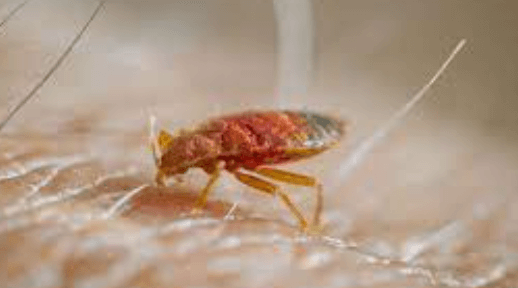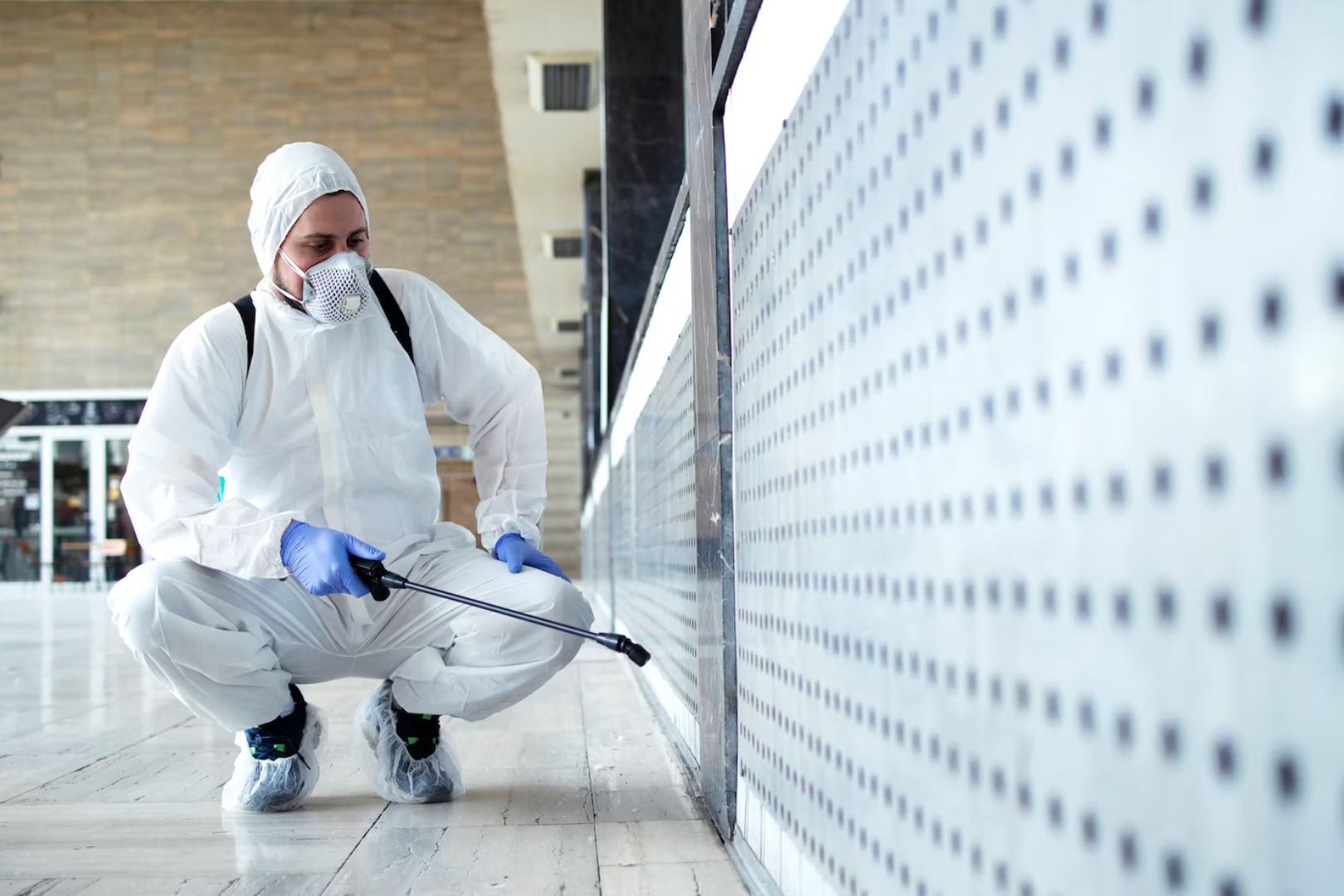The Environmental Impact of Bed Bug Elimination Methods

Introduction to Bed Bug Infestation Challenges
Bed bugs are sneaky critters that creep into our lives causing discomfort and stress. If you’ve spotted one, chances are there’s a bunch more hiding. These pests are tough. They can live months without feeding, survive in various temperatures, and female bed bugs lay hundreds of eggs in their lifetime. Getting rid of them isn’t just about improving your sleep, it’s a battle for your well-being. The challenge lies in the methods we choose to fight them. Every technique from heat treatment to chemical sprays impacts our planet. It’s essential we weigh these methods carefully, considering not only their effectiveness but also their environmental footprint. Let’s dive deeper into how our fight against bed bugs affects more than just our sleep but also the world we live in.

Overview of Common Bed Bug Elimination Methods
Bed bugs are tough critters, and getting rid of them isn’t easy. Common methods include chemical sprays, heat treatment, and sometimes, DIY tricks. Chemical sprays work, but they’re harsh on the environment and could be risky for your health. Heat treatment is effective – it cooks the bugs without chemicals, making it a friendlier option for the planet. DIY methods vary from vacuuming to using essential oils, but their success isn’t guaranteed. Remember, the most effective method might not always be the greenest. Your choice should balance effectiveness with environmental impact.
Chemical Treatments: Pros and Cons
Chemical treatments are a go-to method for many trying to eliminate bed bugs, but they come with their own set of ups and downs. On the upside, chemicals can swiftly kill bed bugs on contact, making them a fast solution to a nasty problem. They’re widely available and can be less pricey than professional extermination services. However, the cons can’t be ignored. Over time, bed bugs can build resistance to chemicals, making them less effective. Plus, these treatments can pose health risks to humans and pets, especially if not used properly. There’s also the environmental concern—chemicals can linger, harming more than just the bed bugs. In essence, while chemical treatments can offer a quick fix, they’re not without significant drawbacks.
Heat Treatments: An Eco-Friendly Choice?
When dealing with bed bugs, your first instinct might lean towards chemical solutions, but let’s pause and consider heat treatments. Surprisingly, applying heat to rid your space of these pesky invaders serves as an eco-friendly option. How? Well, instead of flooding your home with chemicals that could harm you, your pets, and linger in the environment, heat treatments use temperatures above 120 degrees Fahrenheit to get the job done. This method is clean – it leaves behind no toxic residues. Plus, it’s effective against all life stages of bed bugs, from the stubborn eggs to the elusive adults, in just one go. No need for repeat applications, cutting down on resource use. Though the initial cost might seem high, when you factor in its effectiveness and the safety for our planet, heat treatments emerge as a stellar choice. An eco-friendly win, wouldn’t you say?
The Role of Freezing Techniques in Bed Bug Control
Freezing techniques have gained popularity as a non-toxic method for bed bug control. It works simple: bed bugs and their eggs are literally frozen to death. This method uses extremely cold temperatures, often through the application of liquid carbon dioxide, effectively turning bed bugs into tiny ice cubes. The best part? It’s chemical-free, making it a safer option for homes, especially those with kids and pets. Not to mention, it’s kind on the environment. There’s no residue left behind, no risk of chemical pollution. However, this method does require professional equipment and expertise to ensure it reaches all the hidden nooks where bed bugs love to hide. Also, remember, while freezing is eco-friendly and effective, it might not be the cheapest option out there. The upfront costs can be higher due to the specialized equipment needed. But, weighing against its benefits for health and the environment, it often ends up being a value-for-money choice for many.
Environmental Concerns with Pesticide Use
Heavy reliance on pesticides to kill bed bugs comes with serious environmental baggage. These chemicals don’t just aim for bed bugs; they also threaten other critters, important to our ecosystem’s balance. For instance, pesticides can contaminate soil and water, affecting animals and plants not targeted by the treatment. Worse, chemicals can stick around for a long time. This persistence risks building up to levels that can harm wildlife and potentially seep into our water sources, impacting human health too. Another headache is that bedbugs are becoming resistance champions. The more we use these chemicals, the tougher the bugs get, forcing us to use even more potent, and likely more harmful, solutions. It’s a vicious cycle with a steep environmental price tag.
The Impact of DIY Bed Bug Elimination Tactics
When going the do-it-yourself (DIY) route to eliminate bed bugs, it’s crucial to understand the potential environmental impact of your chosen methods. Chemical sprays are a common choice, but they pack a punch not just to bed bugs but to your indoor air quality and the wider environment. These chemicals can linger, causing harm to pets and family members, not to mention the risk of contaminating water sources if not used responsibly.
Heat treatment, another popular method, is less harsh on the environment but requires significant energy consumption that can add up on your electricity bill and contribute to your carbon footprint.
Natural solutions, like diatomaceous earth, offer a safer alternative, but it’s a slow process and not always 100% effective. Each method has its trade-offs.
Before you declare war on those pesky bed bugs with chemical weapons or a heat cannon, weigh the environmental costs. Sometimes, the eco-friendlier choice might take a bit longer but sparing your surroundings and health from collateral damage is a win in the long run.
Professional vs. Home Remedies: What’s Better for the Environment?
When it comes to getting rid of bed bugs, you might think all methods are equally harsh on our planet. But that’s not quite true. Professional exterminators often use heat treatments or pesticides known for their effectiveness, yet some of these chemicals are not friendly to the environment. On the flip side, home remedies like diatomaceous earth or steam cleaning are gentle on Earth but might not always get the job done. So, what’s better for the environment? Home remedies typically win in the green department. They avoid harsh chemicals, reducing pollution and harm to wildlife. However, if these methods fail and you call in professionals later, the repeated treatments can offset those green benefits. The key is to weigh effectiveness with the environmental impact. Sometimes, a single professional treatment, especially one using eco-friendlier options, is less harmful overall than multiple failed home attempts. In a nutshell, aim for balance and consider eco-conscious professionals for the toughest infestations.
Preventive Measures and Their Importance in Sustainable Bed Bug Management
Taking steps to prevent bed bug infestations is not just about saving yourself the itch and discomfort. It’s about protecting our planet too. Sustainable bed bug management places a heavy emphasis on preventive measures. Why? Because the less we need to rely on chemical treatments, the better for our environment.
First off, regular inspections are your best friend. Catching these little critters early can save you from a world of trouble and minimize the need for harsh chemical solutions. Check your sleeping areas frequently, especially if you’ve traveled recently or brought second-hand furniture home.
Next, cleanliness can’t be overstressed. Vacuuming your home regularly, especially around beds and furniture, can suck up any hitchhiking bed bugs before they settle in. It’s simple but effective. Also, reducing clutter provides fewer hiding spots for bed bugs, making your preventive efforts more successful.
If you love thrifting, be cautious. Inspect second-hand furniture, beds, and couches for any signs of bed bugs before bringing them into your home. It might require some extra effort, but it’s worth it in the fight against bed bugs and protecting the environment.
Lastly, consider using bed bug-proof covers on your mattresses and pillows. These encasements can prevent bed bugs from reaching their favorite haunts and make it easier for you to spot and deal with any issues before they escalate.
Remember, every time we prevent a bed bug infestation, we reduce the need for chemical treatments, making a positive impact on our planet. It’s about smarter, not harder, approaches to pest control. So, adopting these preventive tactics isn’t just good for your home; it’s good for our Earth too.
Conclusion: Balancing Effectiveness and Environmental Impact in Bed Bug Elimination
Ending bed bug invasions requires tough decisions. Not all methods are equal. Chemical treatments, while powerful, can harm our planet. They kill bed bugs fast but leave chemicals behind that can hurt other living things and stick around in our environment. On the other hand, heat treatments and freezing methods, which use temperature to fight bed bugs, are kinder to Earth. They don’t introduce harmful substances, making them a greener choice. There’s also the matter of prevention – being clean and cautious to avoid infestations in the first place. It saves you the headache of dealing with bed bugs and spares the environment from more chemical exposure. Choosing the right strategy is about finding balance. Consider effectiveness, but don’t forget our planet’s health. It’s on us to pick solutions that protect both our homes and the world around us.




